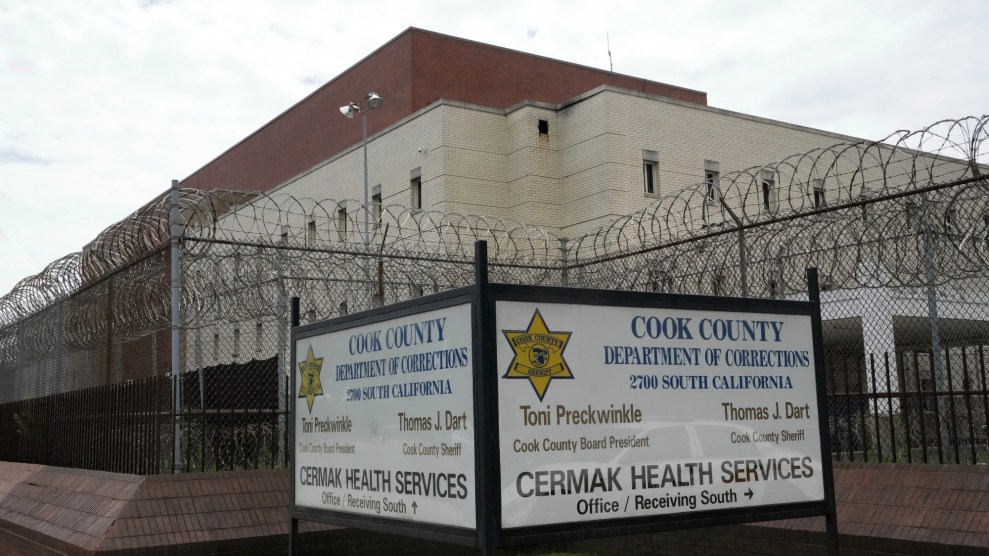Sorry for the radio silence. I went in to see my pulmonary specialist today, and he was very distressed at my lack of progress on the breathing front. So he immediately sent me downstairs for a new battery of tests, including a stat review of the echocardiogram I did last week. Verdict: I am in the bloom of health. I have the lungs of a sperm whale and the heart of an ox. As a last-ditch diagnostic effort—and since they already had an IV tube in my arm anyway—the ER doctor pumped me full of an anti-anxiety drug just to see if my attacks were brought on by stress. Apparently not, which isn’t surprising since I lead an enviably stress-free life.
Unfortunately, once they had done that I wasn’t allowed to drive myself home, so I had to wait for Marian to get off work and come pick me up. In the meantime, I kept up on the latest news with my iPhone. Or tried to, anyway. Kaiser brags about its Wi-Fi network, but it didn’t work at all, and the nurses confirmed that everyone complains about this. So I switched to the cell, but despite the fact that there was a cell tower about 200 yards away, Verizon was unable to provide me with even 3G service most of the time. Bastards.
Still, while I was crawling through the news at 300 baud speeds, I did come across a New York Times story about the mid-90s fear of “super predators,” teenage criminals with no conscience and no impulse control, who would soon be rampaging across the city destroying everything in their wake. In fact, just the opposite happened. Teen crime has declined dramatically since the mid-90s, and New York City is safer now than it’s been since the 60s. What happened?
But how to explain the decline in youth violence?
Various ideas have been advanced, like an improved economy in the late ‘90s (never mind that it later went south), better policing and the fading of a crack cocaine epidemic. A less conventional — not to mention amply disputed — theory was put forth by some social scientists who argued that the Supreme Court’s 1973 ruling on abortion in Roe v. Wade had an impact. With abortions
more readily available, this theory went, unwanted children who could be prone to serious antisocial behavior were never born.
That’s really disappointing. The burnout of the crack epidemic is at least plausible as a partial explanation, but the rest is nonsense. Nobody still thinks the economy had anything to do with the drop in crime. Better policing might have had a minor impact, but crime dropped even in cities that didn’t change their police tactics. And the abortion theory hasn’t really weathered the test of time well.
I swear, I think the New York Times has some kind of editorial policy about never mentioning the most obvious link of them all: the decline in gasoline lead between 1975 and 1995. It’s not as if I think the lead-crime theory is a slam dunk or anything, but surely the evidence is strong enough that it belongs in any short summary of the most likely causes of crime decline? It sure as hell has more evidence in its favor than economics, better policing, or legal abortion.
And yet the New York Times stubbornly refuses to so much as mention it in passing. I found one short piece on the subject from 2007, and then nothing. During the past seven years, even as the evidence linking lead to declining crime rates has become more and more solid, they don’t seem to have mentioned it even once. Are they afraid of pissing off the police commissioner or something? What’s the deal?














